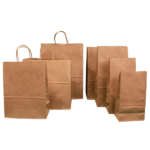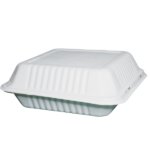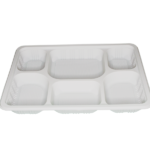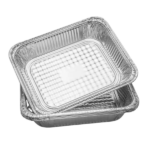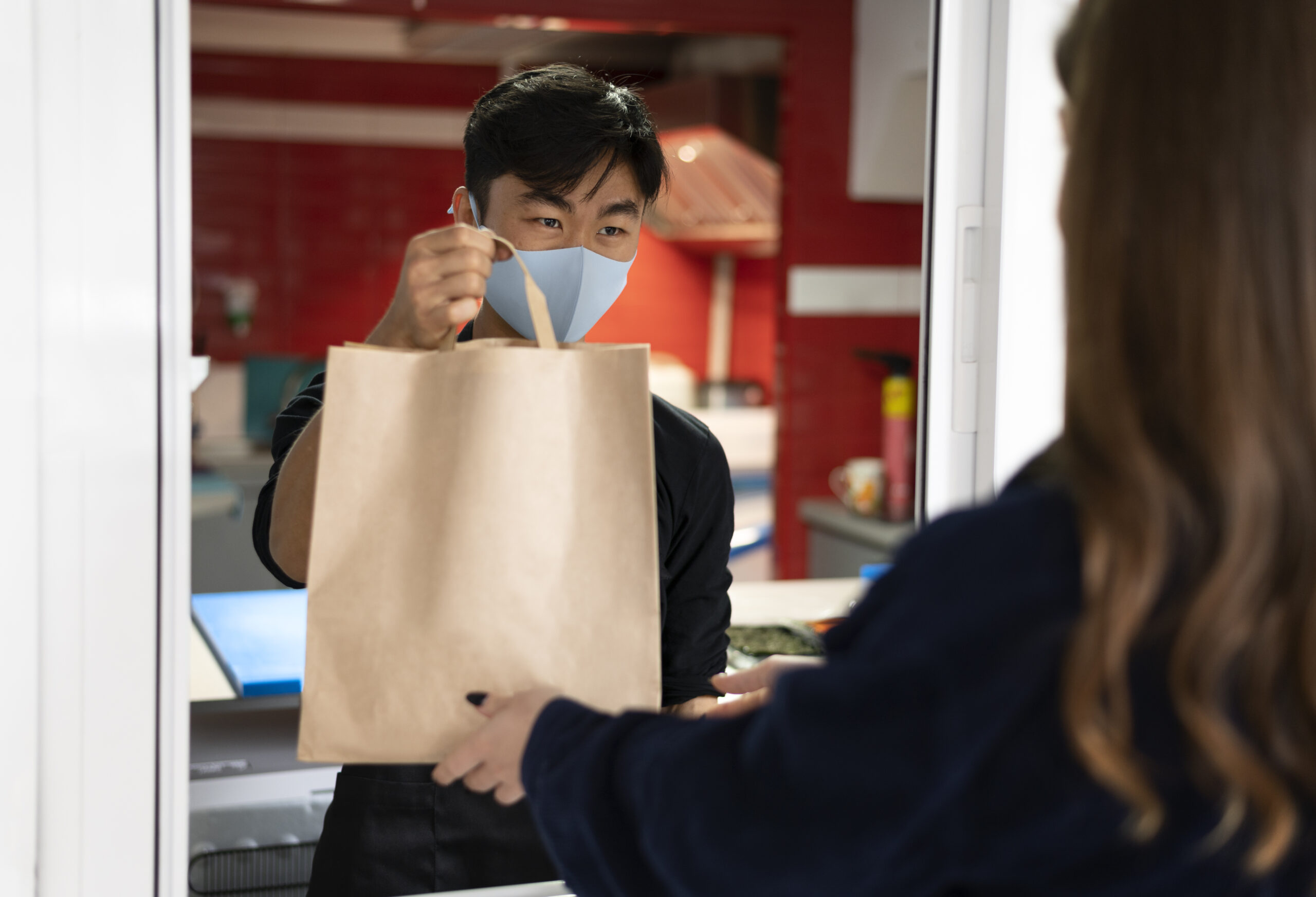Introduction
The food packaging industry, a silent yet essential player in our daily lives, has undergone a remarkable evolution over the years. From rudimentary containers and simple wrappings to sophisticated, eco-friendly designs, the journey of food packaging reflects not only advancements in technology but also shifts in consumer preferences, environmental awareness, and global market dynamics. In this comprehensive exploration, we will delve into the fascinating history and evolution of the food packaging industry, examining key milestones, innovative breakthroughs, and the driving forces behind its transformation.
The Early Days: Necessity Breeds Ingenuity
1. The Birth of Preservation Techniques
Historically, food packaging was primarily driven by the need to preserve perishable goods. Early civilizations employed various preservation techniques, such as salting, smoking, and drying, to extend the shelf life of food. Packaging, in the form of containers made from natural materials like leaves, animal skins, and woven baskets, played a crucial role in protecting these preserved foods.
2. Revolution in Transportation and Canning
The Industrial Revolution marked a significant turning point for the food packaging industry. The development of canning technology in the early 19th century, pioneered by figures like Nicolas Appert and later perfected by Louis Pasteur, allowed for the sealing of food in airtight containers. This breakthrough not only revolutionized food preservation but also enabled the widespread transportation of goods over long distances, laying the foundation for the global food market.
3. The Advent of Commercial Packaging
With the rise of mass production and the growth of urban centers, the late 19th century saw the emergence of commercial packaging. Grocers and merchants began packaging products in standardized, pre-packaged formats, offering consumers convenience and consistency. The shift from bulk sales to individually packaged items marked a key evolution in the consumer experience.
The Mid-20th Century: The Rise of Convenience and Branding
1. The Dawn of Plastics
The mid-20th century witnessed the proliferation of plastics in the food packaging industry. Lightweight, versatile, and cost-effective, plastics offered new possibilities for packaging design. The introduction of plastic wraps, bottles, and containers revolutionized the way food was stored, transported, and consumed. This era also saw the rise of single-use packaging, contributing to convenience but later raising environmental concerns.
2. Branding and Marketing Strategies
Packaging evolved beyond functionality to become a powerful tool for branding and marketing. Recognizing the visual appeal of well-designed packaging, companies began investing in packaging aesthetics to differentiate their products on store shelves. The concept of branded packaging became integral to building consumer trust and loyalty.
3. Introduction of Modified Atmosphere Packaging (MAP)
As technology continued to advance, the food packaging industry introduced Modified Atmosphere Packaging (MAP) in the mid-20th century. This technique involves altering the composition of gases within a package to extend the shelf life of perishable goods. MAP allowed for the preservation of freshness without the need for chemical additives, catering to consumers’ growing preference for minimally processed foods.
Late 20th Century to Early 21st Century: Convenience Meets Sustainability
1. Rise of Convenience Packaging
The late 20th century saw an explosion of convenience packaging innovations. Microwaveable pouches, resealable bags, and vacuum-sealed packaging became popular choices for busy consumers seeking quick and easy meal solutions. The emphasis on convenience reshaped packaging design, leading to the development of user-friendly features and on-the-go packaging options.
2. Environmental Awareness and Sustainable Packaging
The turn of the millennium brought about a significant shift in consumer attitudes towards the environmental impact of packaging. Increasing awareness of plastic pollution and its consequences prompted calls for sustainable alternatives. The food packaging industry responded by exploring eco-friendly materials, recycling initiatives, and the development of packaging designs with a reduced environmental footprint.
3. Advancements in Printing Technology
In the late 20th century, advancements in printing technology transformed packaging aesthetics. High-quality printing techniques allowed for vibrant graphics, intricate designs, and detailed product information. Packaging became an integral part of the brand experience, contributing to a consumer’s perception of product quality and value.
Contemporary Trends: Technology, Innovation, and Sustainability
1. Smart Packaging and IoT Integration
In the digital age, the food packaging industry is embracing smart packaging solutions. Intelligent packaging with built-in sensors, QR codes, and RFID tags provides real-time information about the product’s freshness, authenticity, and origin. This integration of Internet of Things (IoT) technology enhances transparency in the supply chain and improves the overall consumer experience.
2. Biodegradable and Compostable Materials
As environmental concerns take center stage, the industry is exploring biodegradable and compostable materials as alternatives to traditional plastics. Packaging made from plant-based sources, such as cornstarch or sugarcane fibres, offers a sustainable option for conscious consumers. This shift aligns with the growing demand for packaging that can be recycled or safely returned to the environment.
3. Circular Economy Initiatives
The concept of a circular economy is gaining momentum in the food packaging industry. Instead of following a linear model of production, use, and disposal, a circular economy focuses on closing the loop by reusing, recycling, and repurposing materials. Businesses are increasingly adopting circular economy initiatives to reduce waste and promote a more sustainable approach to packaging.
4. Customization and Personalization
Advancements in technology have enabled greater customization and personalization in food packaging. Digital printing allows for short runs of customized packaging designs, catering to niche markets and seasonal promotions. This trend enhances brand engagement and creates a more personalized connection between consumers and products.
Challenges and Future Outlook
1. Regulatory Compliance and Standardization
The evolving landscape of food packaging poses challenges related to regulatory compliance and standardization. As materials and technologies advance, regulatory bodies must adapt to ensure the safety, transparency, and accuracy of information conveyed through packaging.
2. Balancing Innovation with Environmental Impact
While innovation is essential for meeting consumer demands, balancing technological advancements with environmental impact remains a critical consideration. The industry must navigate the delicate balance between creating packaging that preserves food integrity and meets sustainability goals.
3. Consumer Education and Awareness
As the industry continues to introduce novel materials and technologies, there is a need for comprehensive consumer education. Ensuring that consumers understand the benefits, proper disposal methods, and environmental impact of different packaging options is crucial for fostering responsible consumption.
4. Global Collaboration for Sustainable Practices
Addressing the environmental challenges associated with packaging requires global collaboration. Industry stakeholders, policymakers, and consumers must work together to establish and adhere to sustainable practices that transcend borders and contribute to a healthier planet.
Conclusion
The evolution of the food packaging industry is a testament to human ingenuity, technological progress, and the dynamic interplay between consumer preferences and market forces. From basic preservation techniques to smart packaging solutions, the journey has been marked by a relentless pursuit of efficiency, convenience, and sustainability. As we stand at the cusp of a new era, the industry faces both challenges and opportunities. Balancing innovation with environmental responsibility, fostering consumer awareness, and embracing global collaboration will be key to shaping a future where food packaging continues to be not just a functional necessity but a force for positive change in the way we consume and interact with the products that sustain us.

